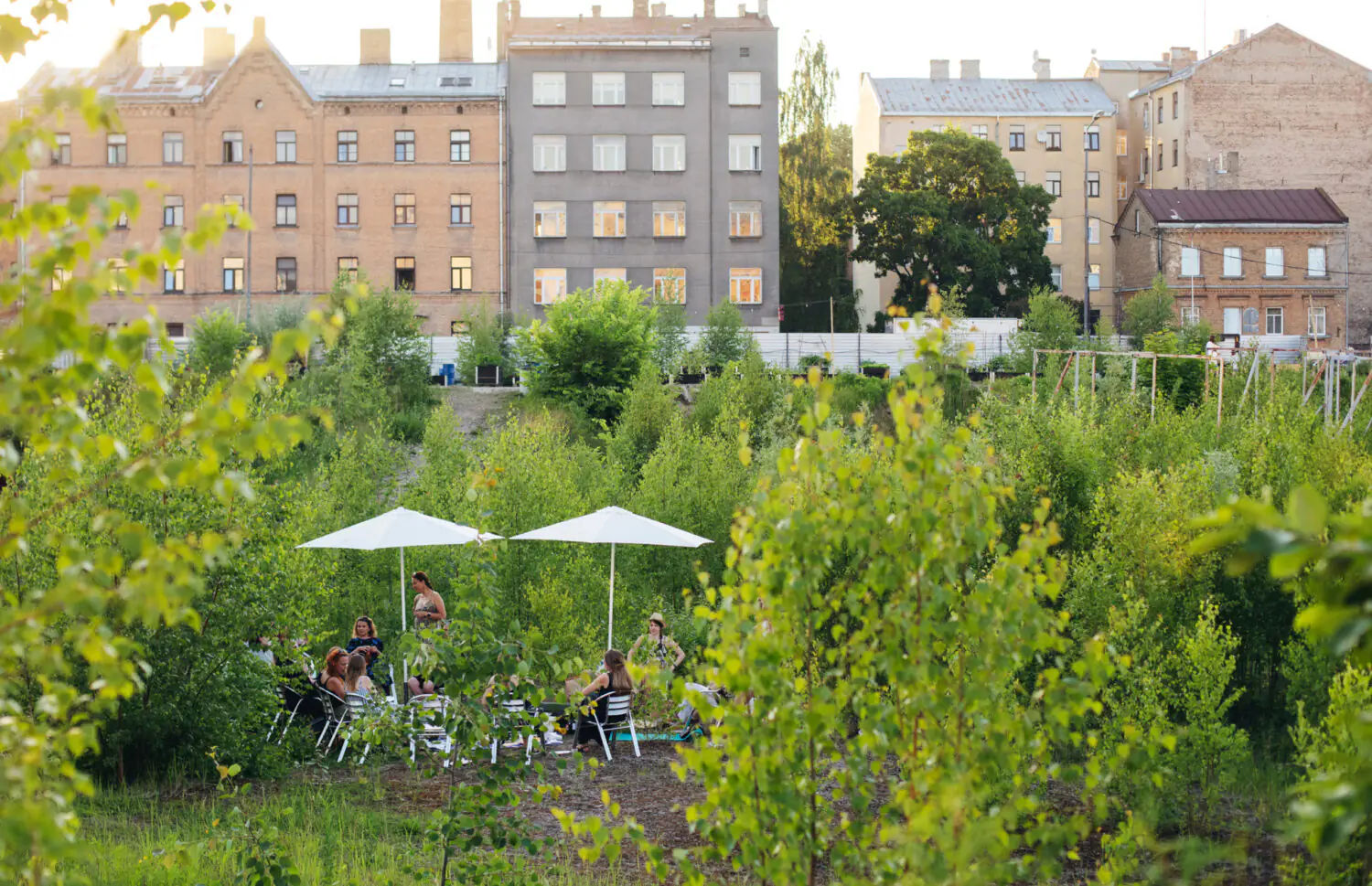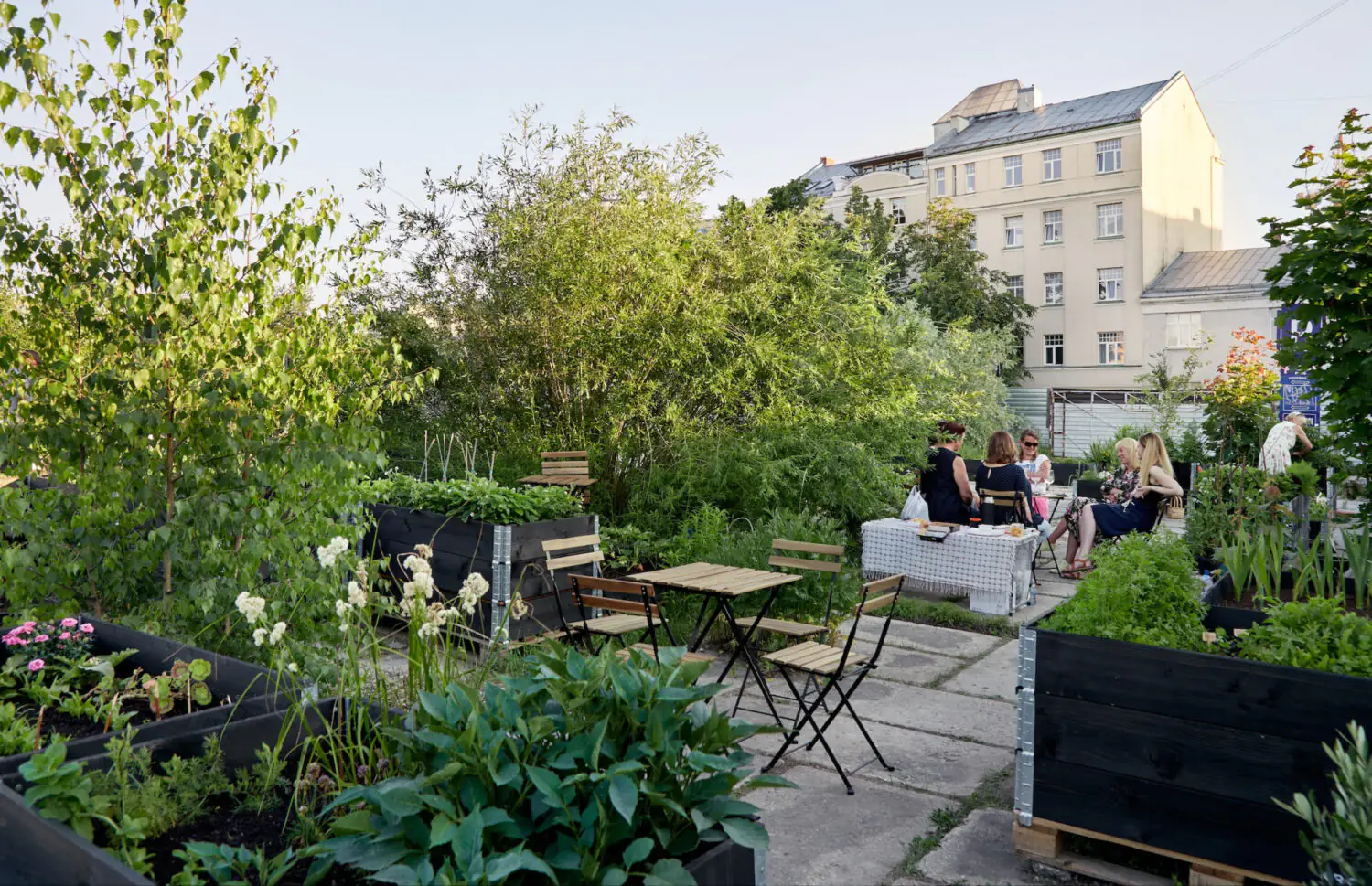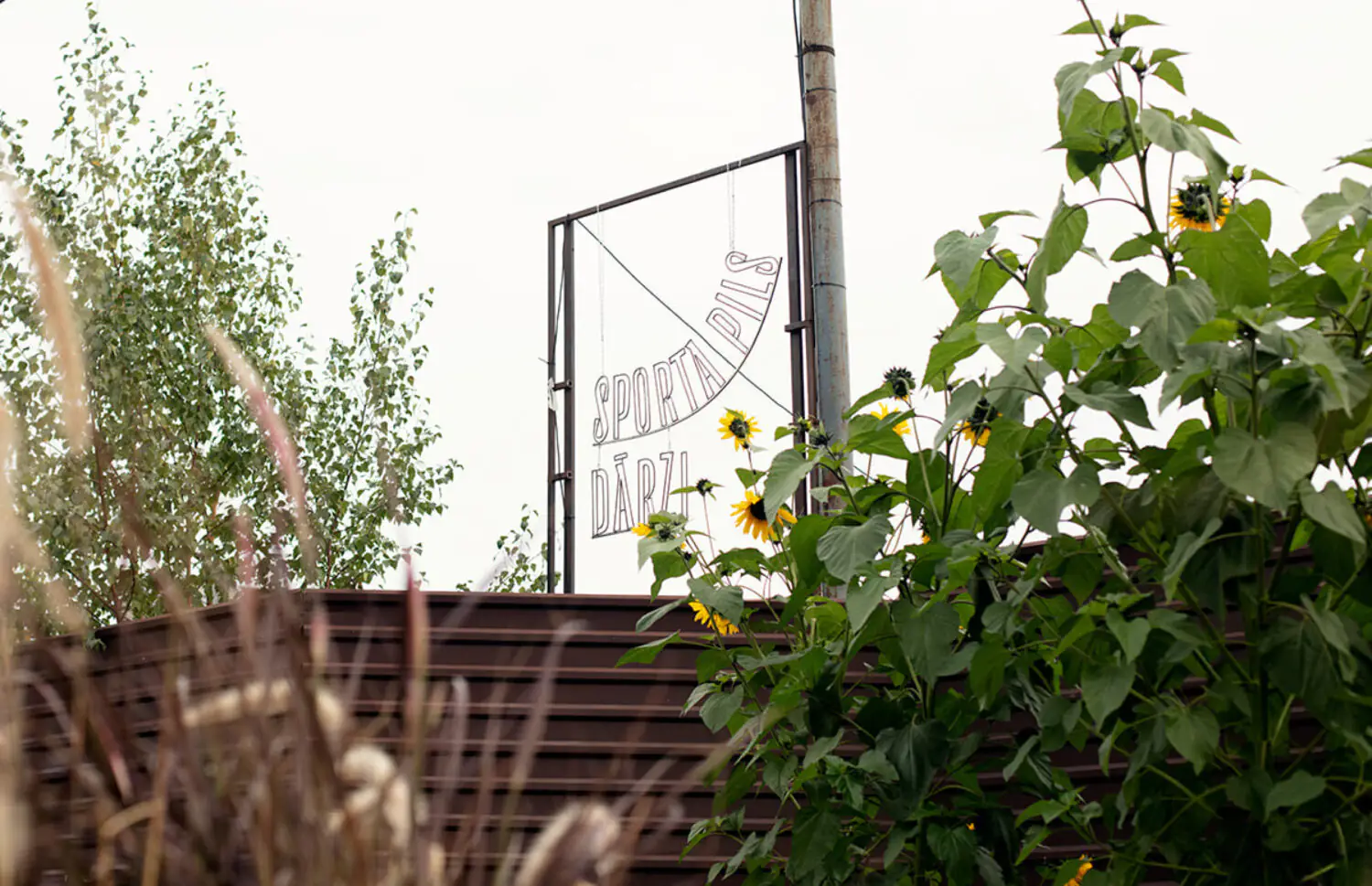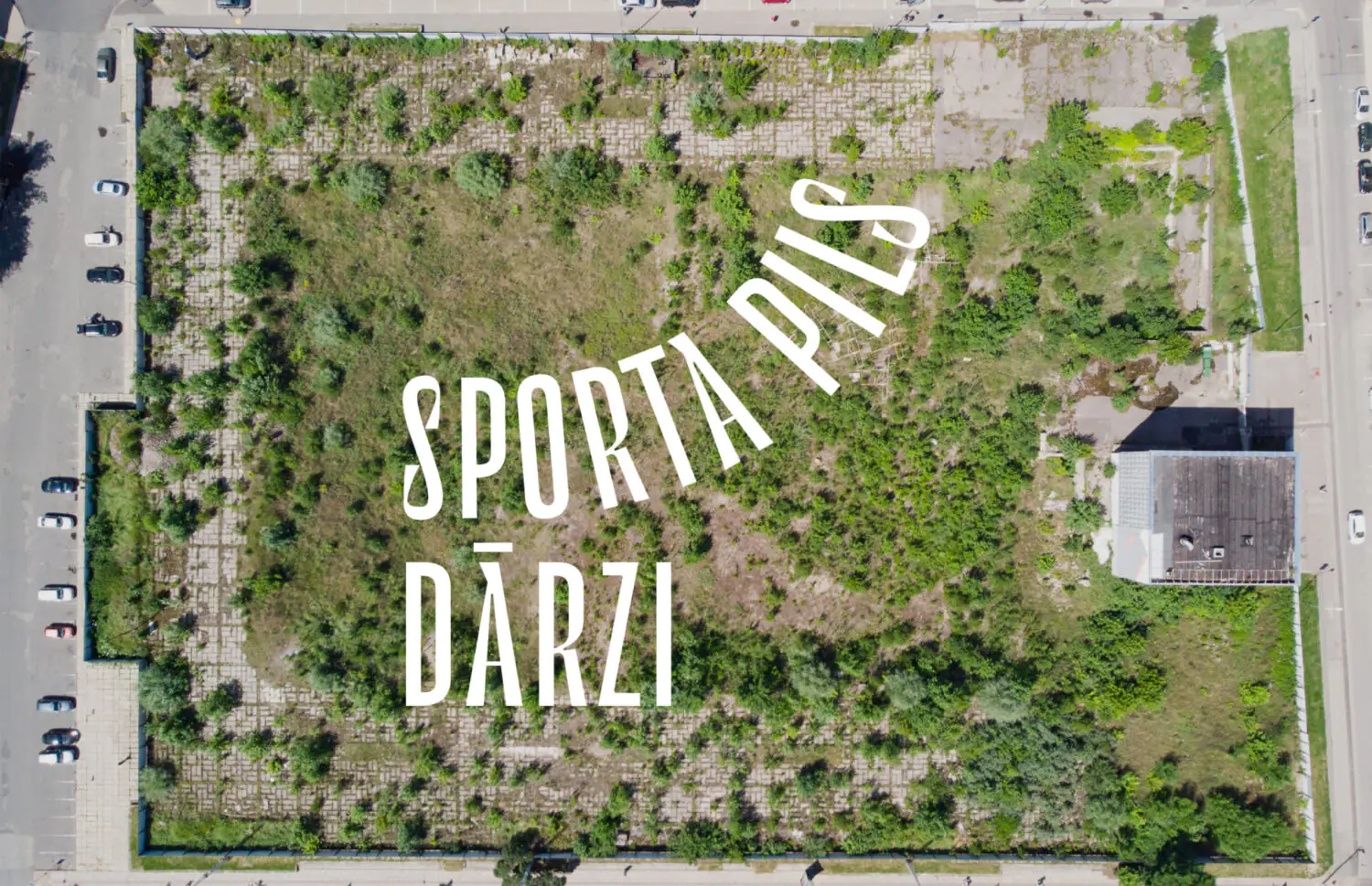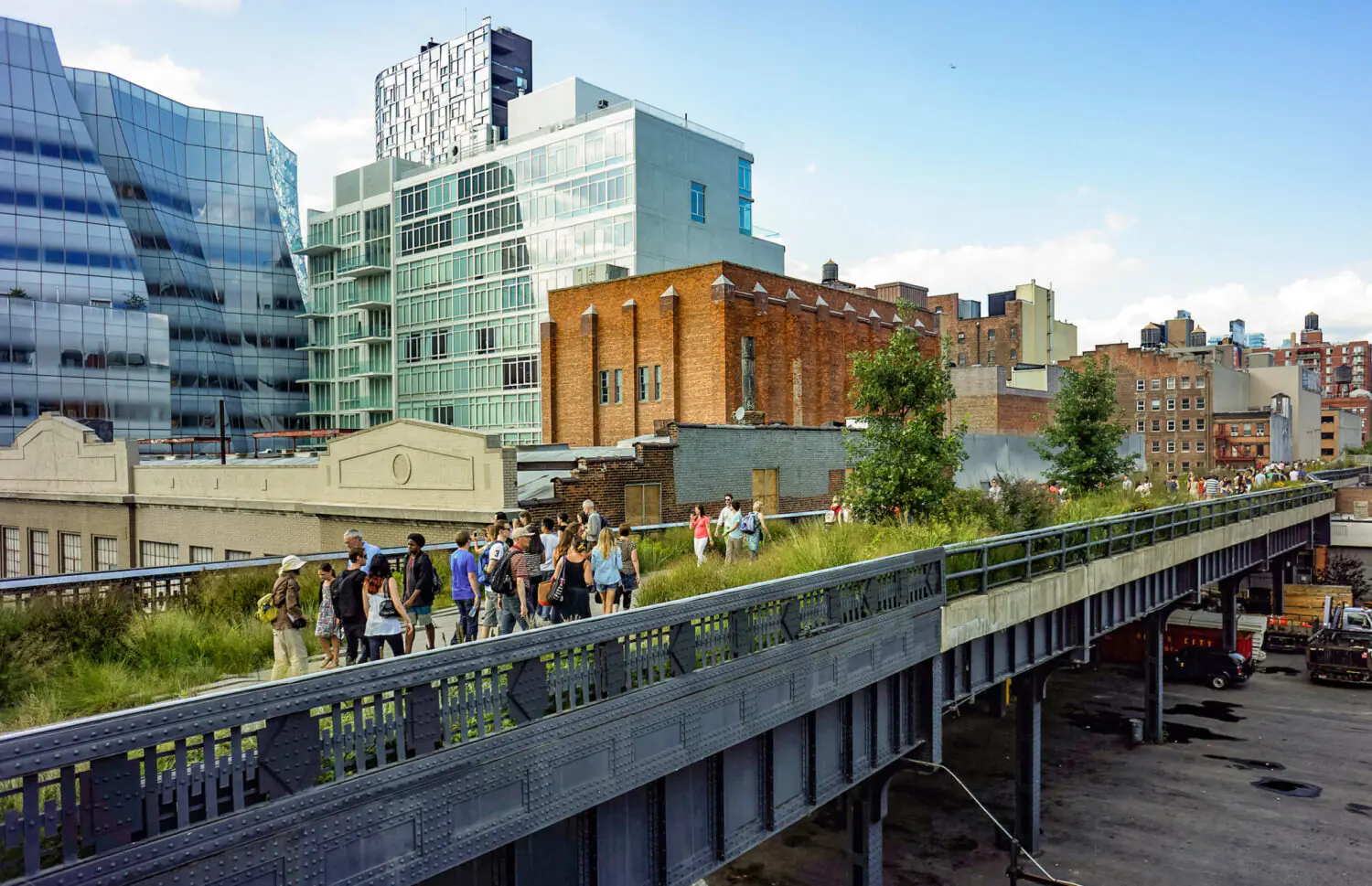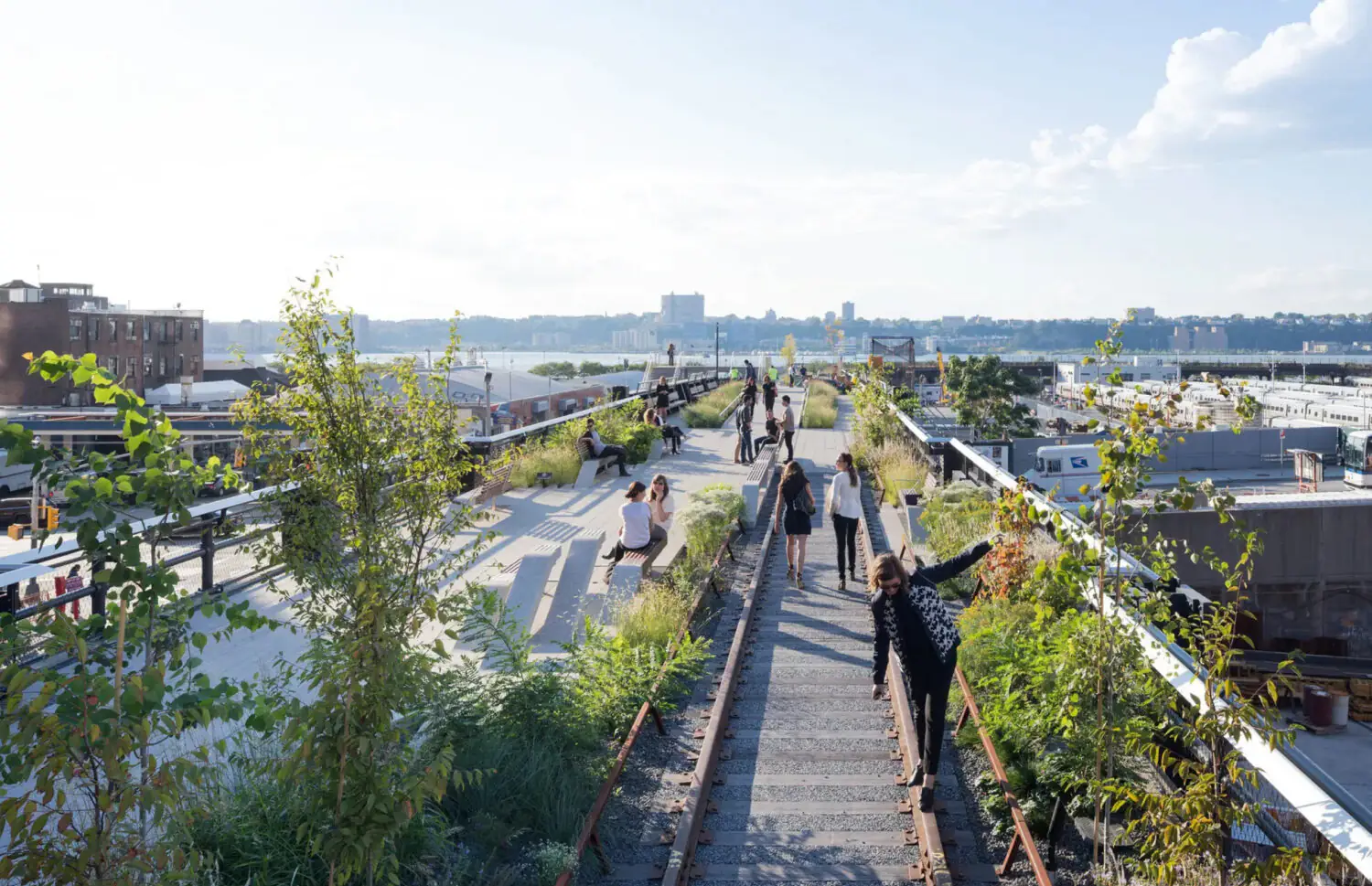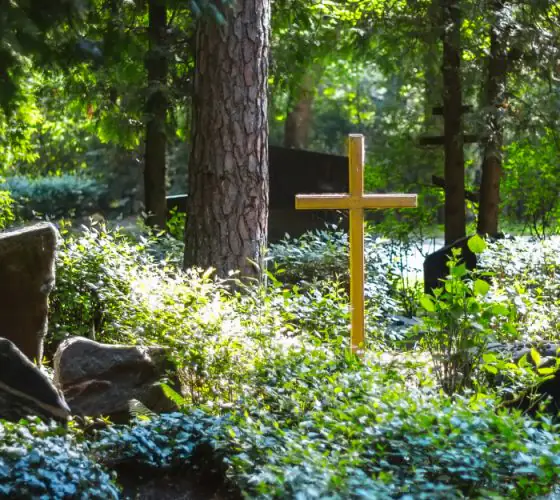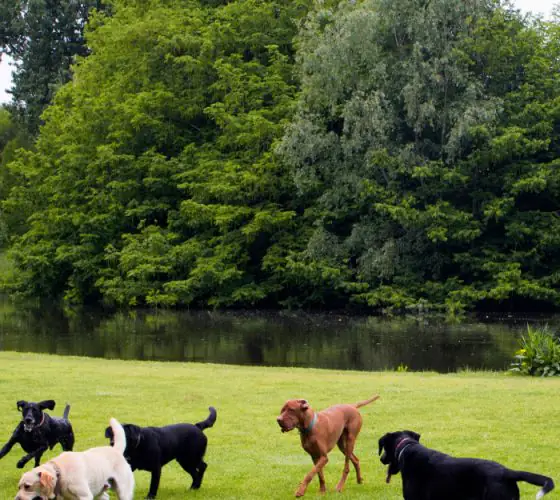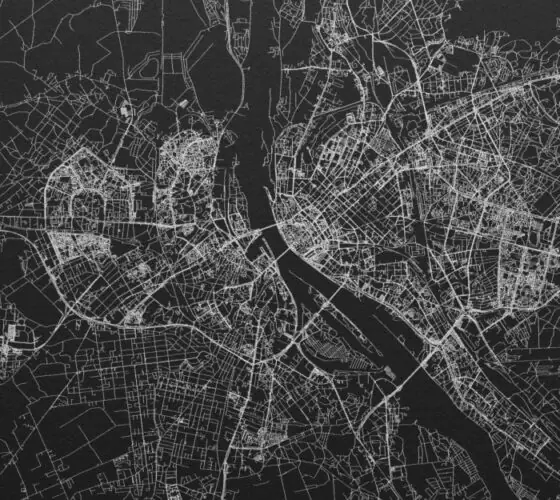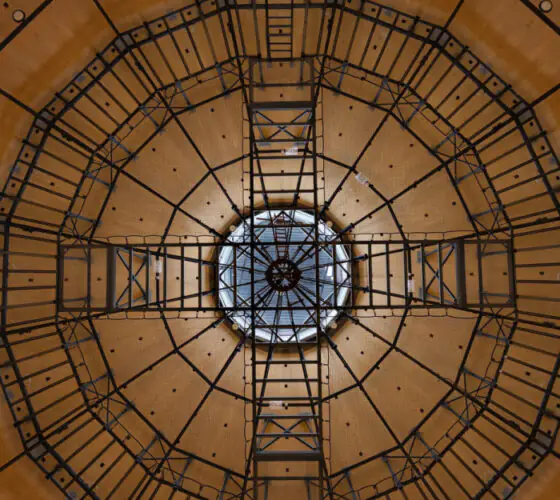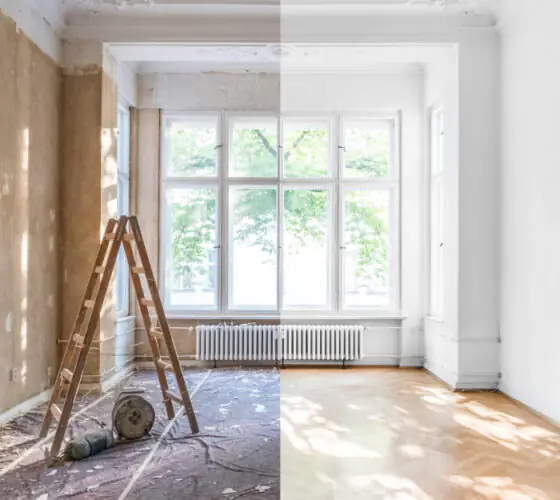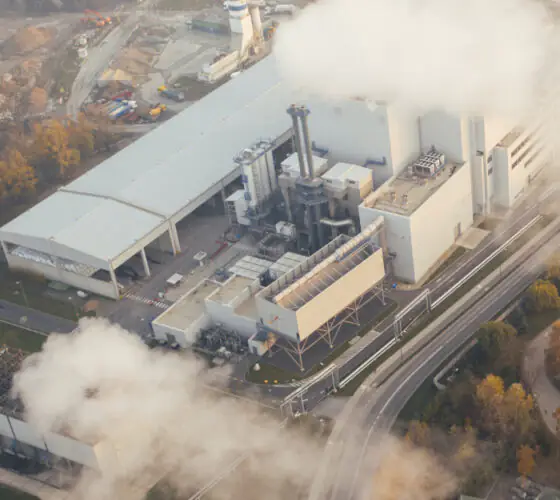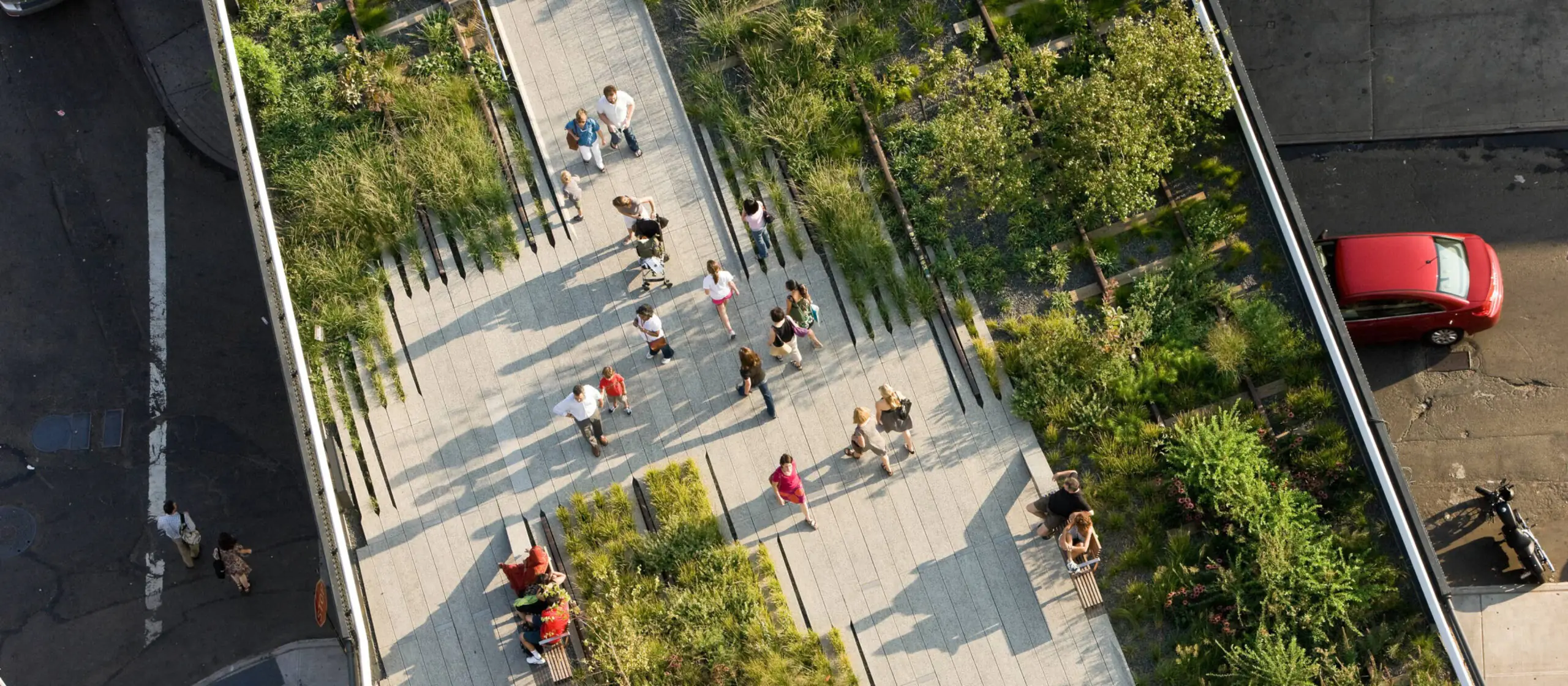
facebook.com/businessgardenriga
The term was coined by British sociologist Ruth Glass in “London: Aspects of Change”, published in 1964. She used it to describe how, after the Second World War, working-class neighbourhoods were gradually settled by the middle class and how modest two-storey cottages in Islington, Paddington and north Kensington were replaced by luxury residences.
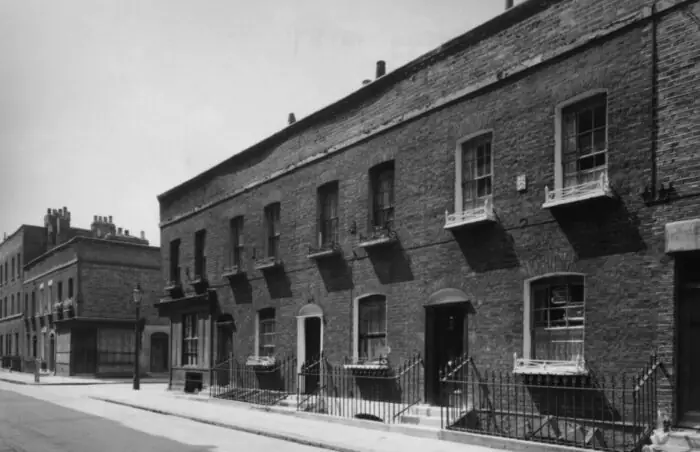
ribapix.com
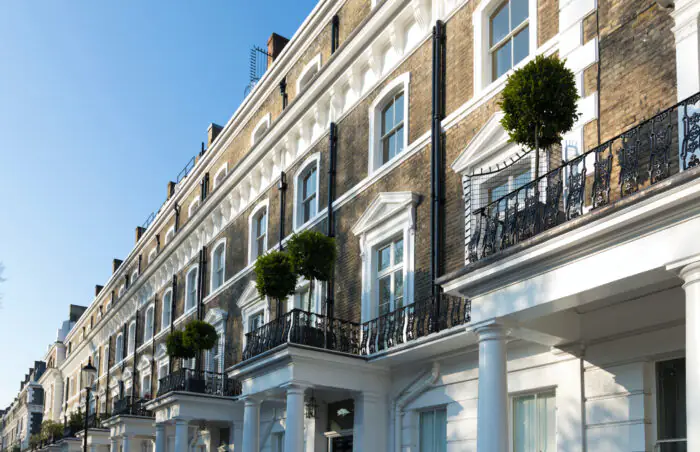
stock.adobe.com
Gentrification tends to occur in metropolitan areas and affects neighbourhoods with an industrial past, where lower-middle-income people live. When gentrification occurs, housing and business rentals become more expensive. This shift results in a change in the racial, ethnic and social composition of the neighbourhood and average household income: upper-middle class and affluent urbanites replace low-income indigenous residents.
Drivers of gentrification are often city dwellers belonging to the creative class: artists, curators, musicians, journalists. They are sometimes called “early gentrifiers”.
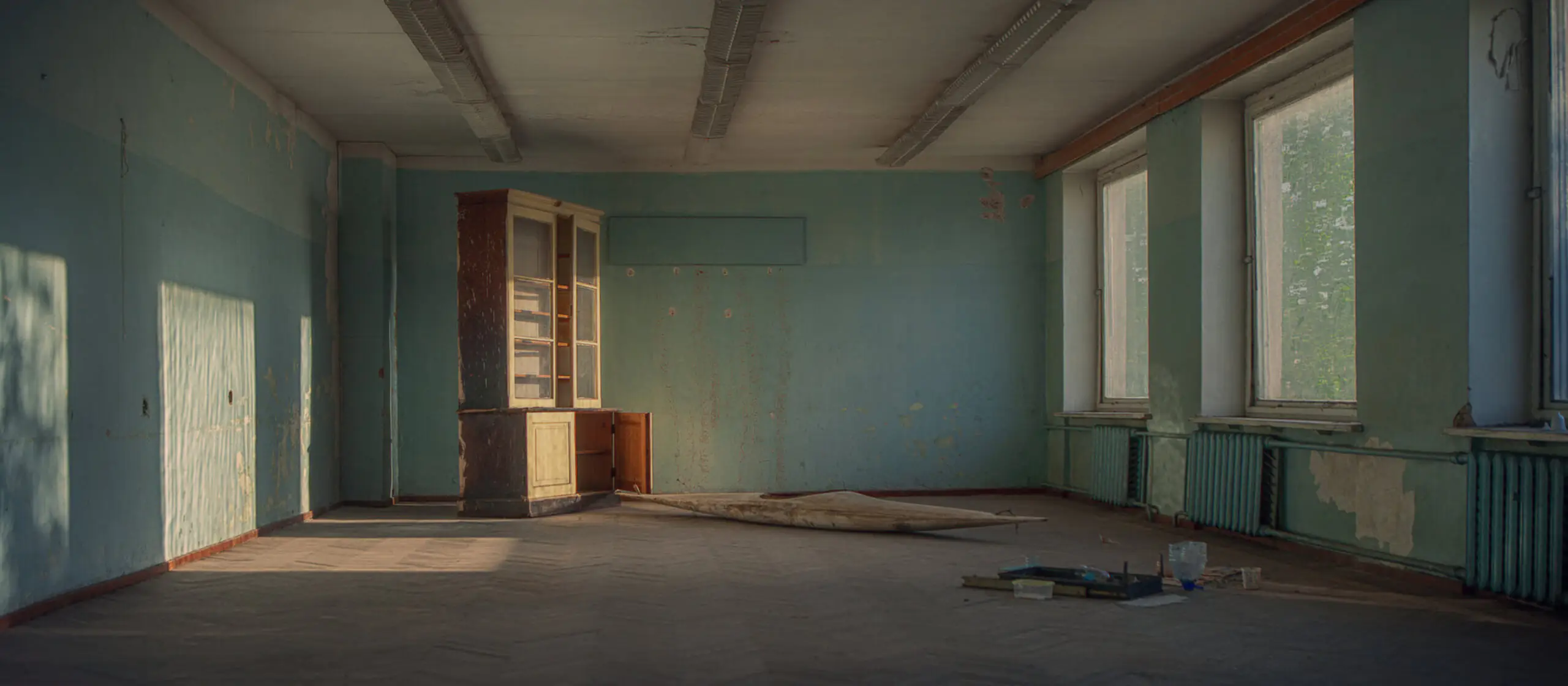
The first stage of gentrification is the return of abandoned or obsolete buildings and areas into the urban fabric. In Riga, for example, a separate initiative is dedicated to this: since 2013, the Free Riga project has been mapping abandoned buildings, establishing links between the city authorities and property owners, and inviting citizens to use unused areas for creative activity.
This is how Lastādijas Cultural Quarter was created in 2015, where residents and guests create an environment for self-realisation of themselves and others. Different communities of interest gather in the quarter: a team of gardeners, a team of repairmen (there is an open bicycle workshop here), a team of those who organise and conduct public events.
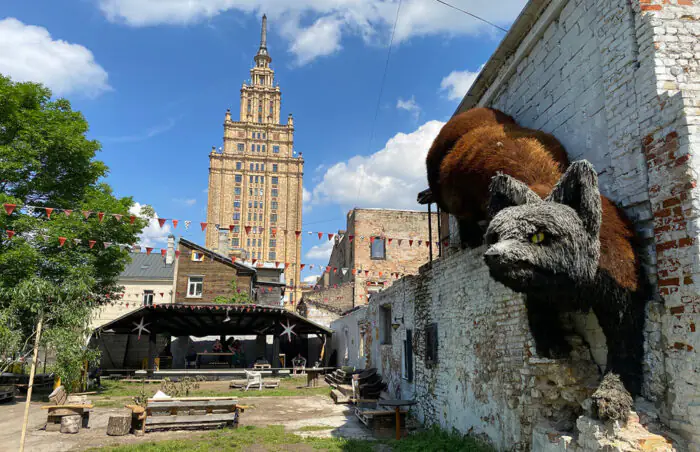
linstowbaltic.lv
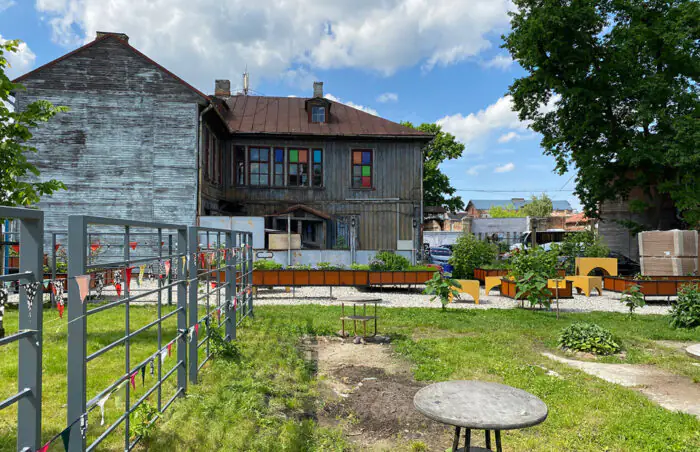
linstowbaltic.lv
Another important urban initiative in Riga, which looks like the first stage of a big gentrification process, is Sporta Pils dārzi: public vegetable gardens, which we have already written
Gentrification of territories is a long process that can last many years. It increases the economic value of an urban area, but sometimes significantly changes its appearance and everyday practices. Gentrification can increase inequality in the city but urban conflicts that arise in the process can be managed and resolved.
For example, in 2009, the first section of the High Line, a park on the site of an abandoned railway, was launched and became a real landmark in New York. In the territories adjacent to the park, prices for housing and office rents began to rise sharply, and the territory of the new park began to develop rapidly. The project was initiated by two local activists, Robert Hammond and Joshua David, who teamed up to save the railway line from demolition.
Now the space is often criticised for the fact that most visitors to the park are tourists and are “extremely white”. To correct this trend, the non-profit organisation Friends of the High Line, which Hammond heads, is correcting this course and striving to make the park interesting and accessible to different social groups. This urban space has a very active website in general, and a close-knit urban community has existed around it for many years.
Gentrification can be considered neither unambiguously positive nor unambiguously negative. It is a complex urban process involving many stakeholders with different interests: original residents of the neighbourhood, small business owners, representatives of the creative class, developers, and new residents of the area.
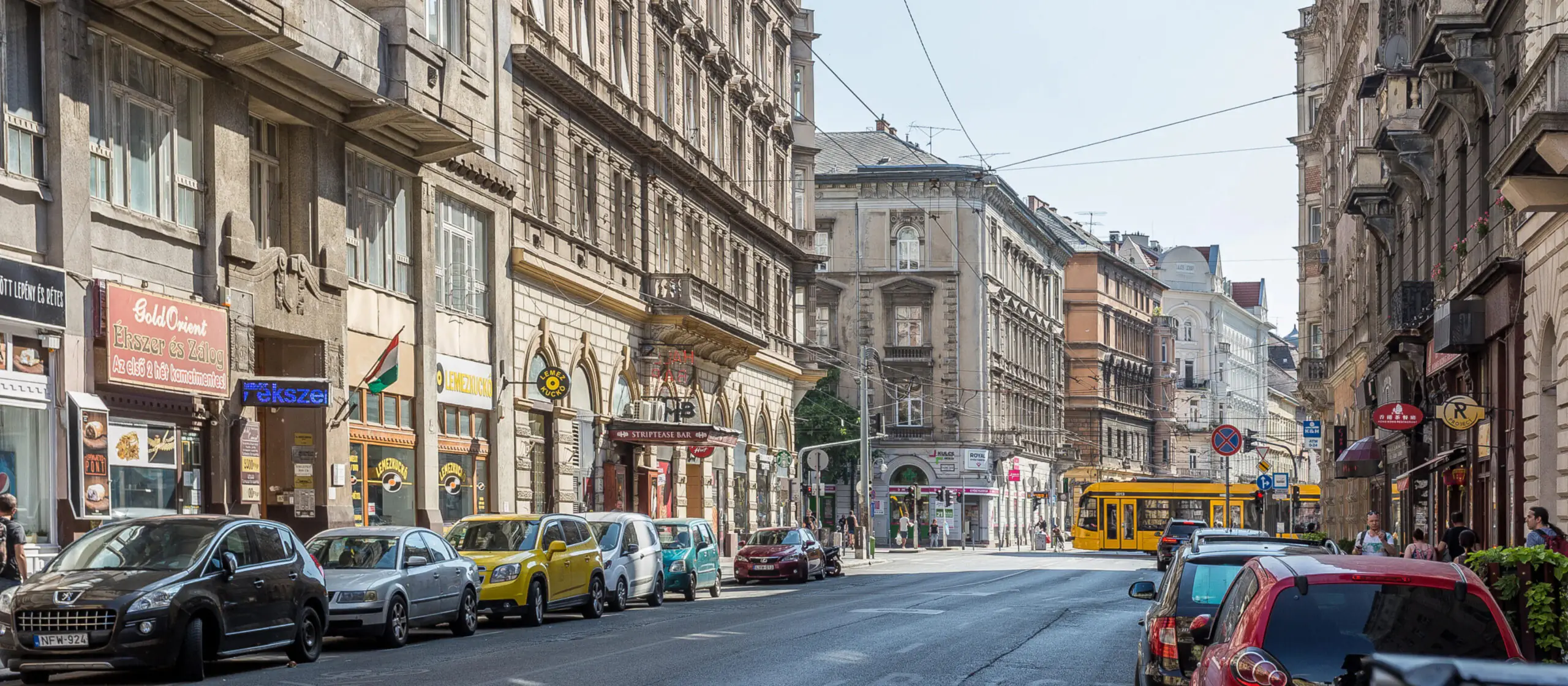
ingatlan.com/erzsebetvaros
The new authenticity of the neighbourhood or the combination of new and old everyday practices can become a brand of the city and attract tourists. This is what happened with the Erzsebetvaros in Budapest, for example.
After gentrification, the original residents do not necessarily leave the neighbourhood—if they stay in gentrified areas, the economic and social effects of gentrification are available to them and improve their quality of life.


